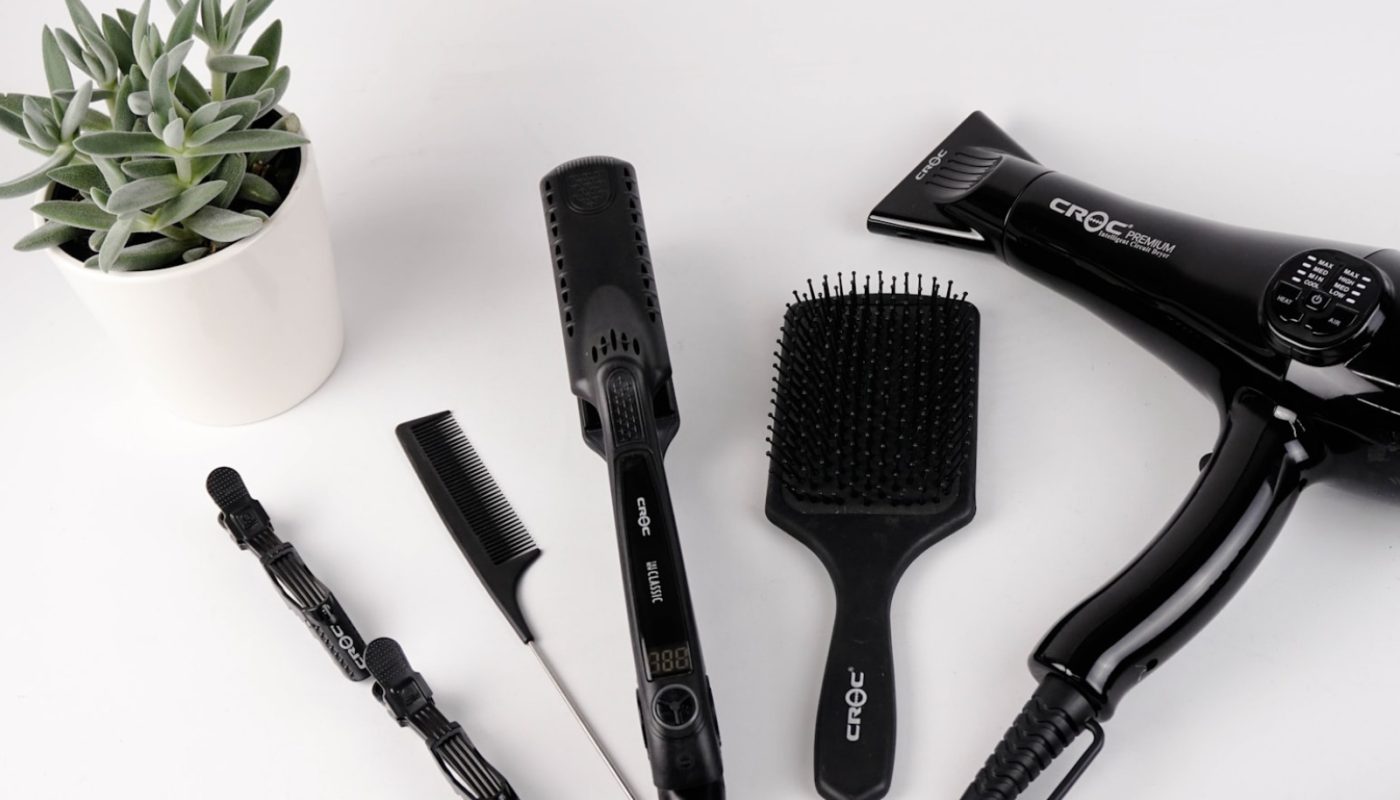The beauty industry has been shaken by numerous lawsuits in recent years. Hair straightener manufacturers are finding themselves in the hot seat. These legal battles are more than just isolated incidents; they are a powerful wake-up call for an industry that has long prioritized profits over consumer safety.
As the number of cases continues to rise, it is becoming increasingly clear that the time for change is now. The hair straightener lawsuits are exposing the dangerous chemicals lurking in these popular styling tools.
Moreover, they are also shedding light on the broader issues plaguing the beauty industry as a whole. Let’s delve into the heart of the matter, exploring four critical reasons why these lawsuits demand a radical overhaul of current practices.
Reason 1: Exposing the Dangerous Chemicals
Did you know that many of your popular styling tools contain toxic chemicals that can wreak havoc on our health? This came to light publicly in 2022, when Jenny Mitchell became the first person to file a hair straightener lawsuit. She sued five companies, including L’Oreal, alleging that their products caused her uterine cancer.
At the heart of these legal battles are substances like formaldehyde, a known carcinogen that has been linked to a range of serious health problems, including cancer, respiratory issues, and skin irritation.
And if you think formaldehyde is the only villain in this story, think again. Other harmful chemicals, like phthalates and parabens, are also a cause for concern. These pollutants are potent hormone disruptors. They can interfere with your body’s chemical system and cause a lot of damage.
But what makes these chemicals so insidious is the way they enter your body. When you heat your chemical straightener, you’re not just releasing a blast of hot air; you’re also unleashing a cloud of toxic fumes that you can’t help but inhale.
With each breath, these dangerous substances make their way into your system. As repeated use continues, these chemicals can accumulate in the body, potentially triggering a cascade of health complications in the long term.
By failing to disclose the true contents of their products, these companies violated the trust of millions of people who rely on these tools to look and feel their best.
Reason 2: Spotlighting the Lack of Proper Safety Testing
A regulatory lacuna exists in the United States, where the Food and Drug Administration (FDA) lacks pre-market approval authority for hair straighteners.
This absence of oversight creates a critical blind spot. Manufacturers are essentially self-regulating, fostering an environment devoid of transparency and robust accountability.
This lack of control creates a scenario ripe for potential exploitation, where even industry giants like L’Oreal could be incentivized to downplay potential health risks associated with their products, leaving consumers vulnerable and uninformed.
The Need for Rigorous, Independent Testing
To ensure consumer safety, a fundamental shift is required. Rigorous, independent assessments by accredited third-party labs are paramount. Additionally, mandatory public ingredient databases can empower both consumers and legislators to make informed decisions.
Finally, regulatory reform with swifter intervention empowers authorities to quickly remove hazardous products from the market.
Reason 3: Revealing The Disproportionate Impact on Marginalized Communities
According to TorHoerman Law, Black women are more likely to use chemical hair relaxers and straighteners at a younger age than white women.
Boston University conducted a study, and the findings were alarming. It unveiled a disturbing connection between frequent use of these products and a heightened risk of uterine cancer in postmenopausal Black women.
The Heavy Burden on Women of Color
For many women of color, hair straighteners are not just a styling tool. They are a means of conforming to a narrow, Eurocentric standard of beauty that has long been imposed upon them.
Women of color often face discrimination and prejudice based on their natural hair texture. This can have profound consequences in both their personal and professional lives.
The pressure to have straight, sleek hair can be immense. It can lead to a higher frequency of straightener use and greater exposure to the harmful chemicals within these products.
The feeling that they must straighten their hair to be accepted or successful is a heavy burden that no one should have to bear.
The hair straightener lawsuits ignite a beacon for transformative change within the beauty industry. This is a moment to celebrate the magnificent spectrum of human hair, not perpetuate a narrow vision that endangers certain demographics.
Reason 4: Challenging the Beauty Industry’s Priorities
At the heart of the hair straightener lawsuits lies a damning indictment of the beauty industry’s priorities. For too long, the pursuit of profit has trampled on the sacred trust between companies and consumers.
This has left a trail of broken promises and shattered lives in its wake. These legal battles are more than just a fight for compensation; they are a searing exposé of an industry that has lost its way.
The revelation of toxic chemicals in hair straighteners is a symptom of a deeper problem that has infected the very core of the beauty world. It is a disease born of greed and nurtured by negligence.
But the hair straightener lawsuits are not just a diagnosis of the problem. They are a catalyst for change. They are a powerful reminder that the beauty industry’s true priority must always be the safety and well-being of its consumers.
They are a clarion call for a new era of ethical and responsible practices, where transparency, accountability, and integrity are the guiding lights.
With the ongoing legal battles, the beauty industry finds itself at a critical juncture. Will it continue down the path of profits over people, or will it seize this moment to redeem itself and become a true champion of consumer safety?
The future of the beauty world hangs in the balance, and it is up to those in power to decide which side of history they will be on.
